MARIANI'S
Virtual Gourmet
October
1, 2017
NEWSLETTER
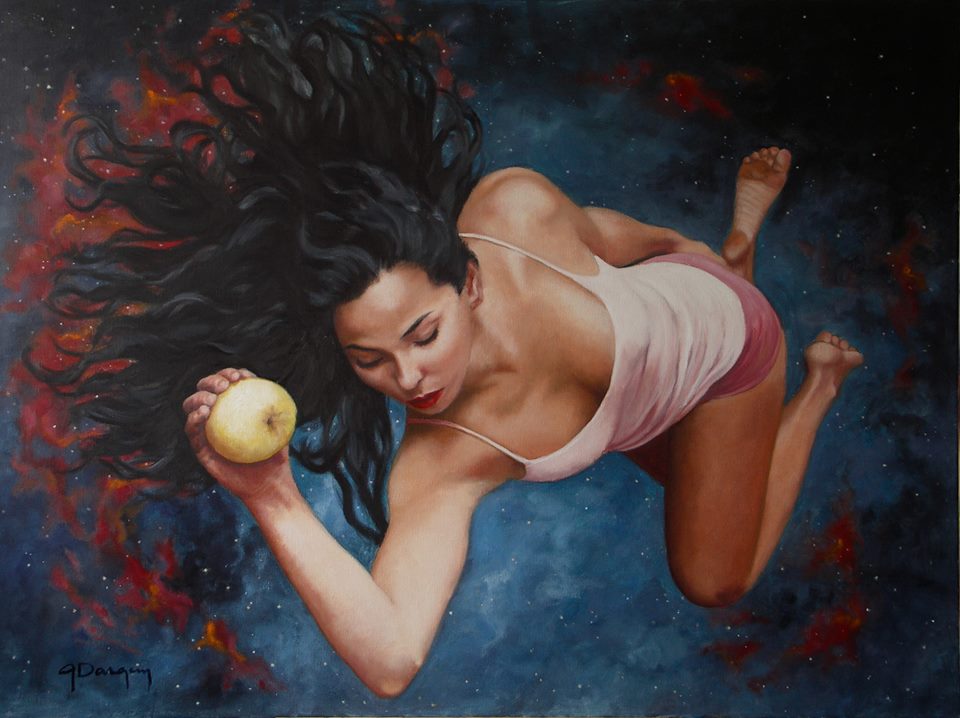
❖❖❖
IN THIS ISSUE
MILAN and PORTOFINO
By Misha Mariani
NEW YORK CORNER
MICHAEL JORDAN'S STEAKHOUSE
By John Mariani
NOTES FROM THE WINE CELLAR
VIÑA ARDANZA OF RIOJA
By John Mariani
❖❖❖
MILAN and PORTOFINO
By Misha Mariani
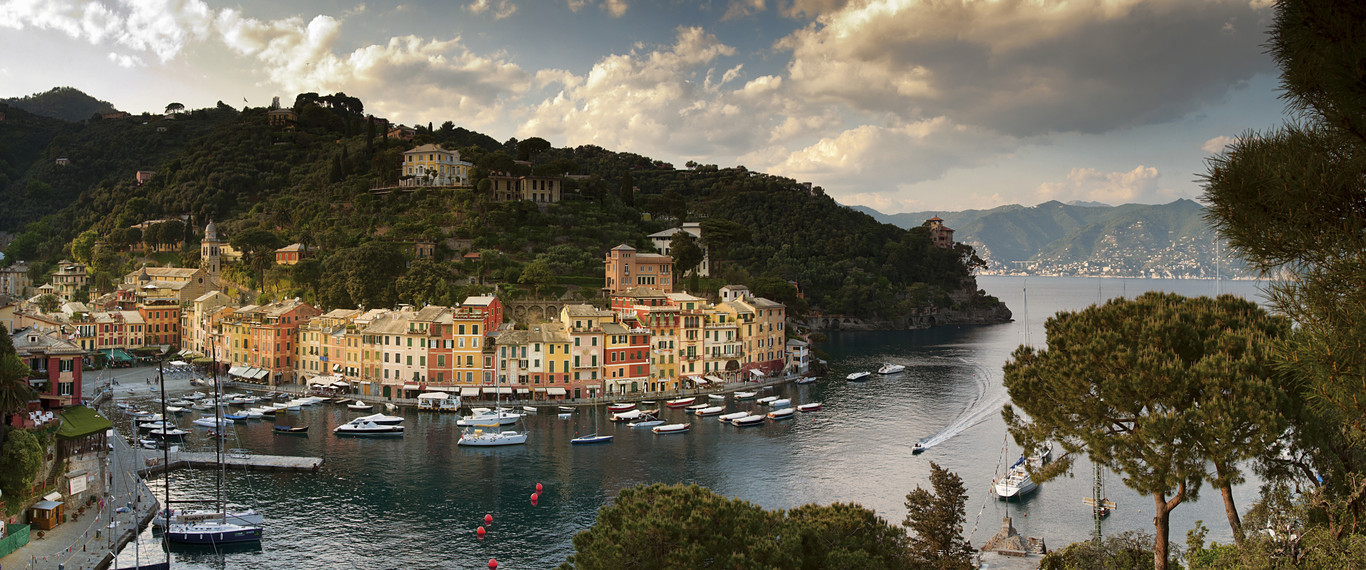
PORTOFINO, ITALY
 This time we wanted to
venture to regions and towns where
This time we wanted to
venture to regions and towns whereAfter we touched down in Milan we settled into the Four Seasons Hotel (left) located
The property has, of course, been refinished and renovated, and has
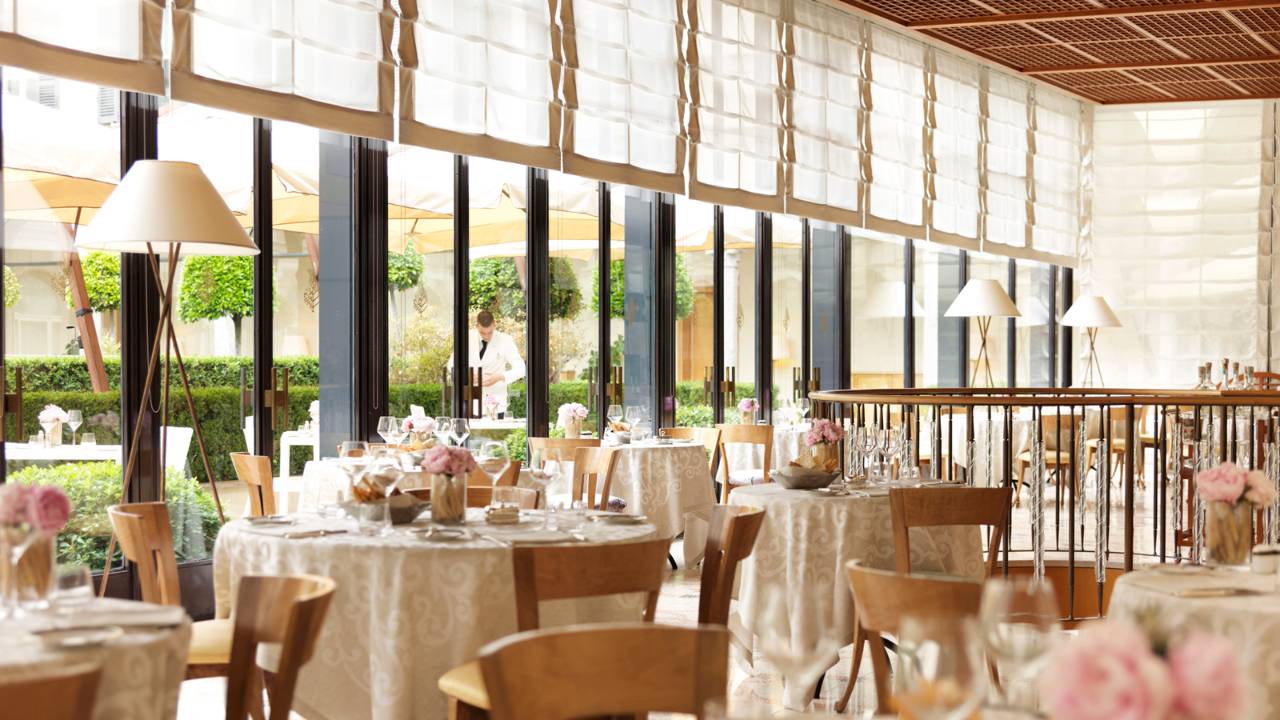 highlighted
with
highlighted
withThe Four Seasons is also home to one of Milan’s more
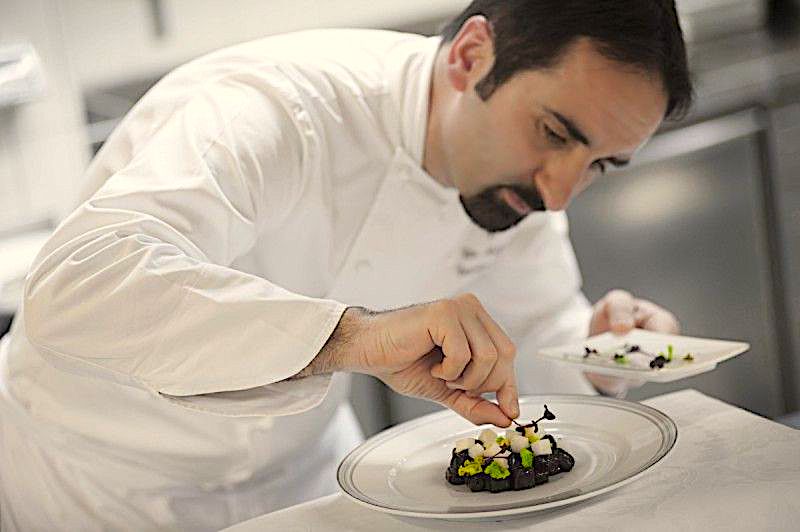 Delicate
turbot was emboldened with cheek bacon and creamed
Delicate
turbot was emboldened with cheek bacon and creamedIn addition to La Veranda, the hotel also has the Il Foyer lounge in the
After our lovely stay in Milan, which set the standard pretty high for the
Despite the demand tourism created, Portofino has retained all of the
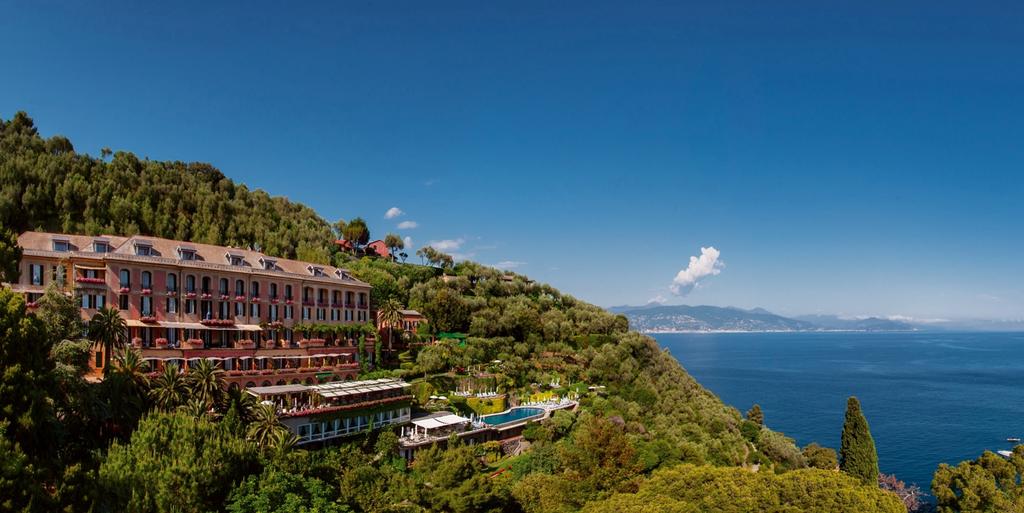 While Portofino isn’t that large
it does have a number of hotel
While Portofino isn’t that large
it does have a number of hotelDriving into Portofino, we careered around winding, narrow roads where
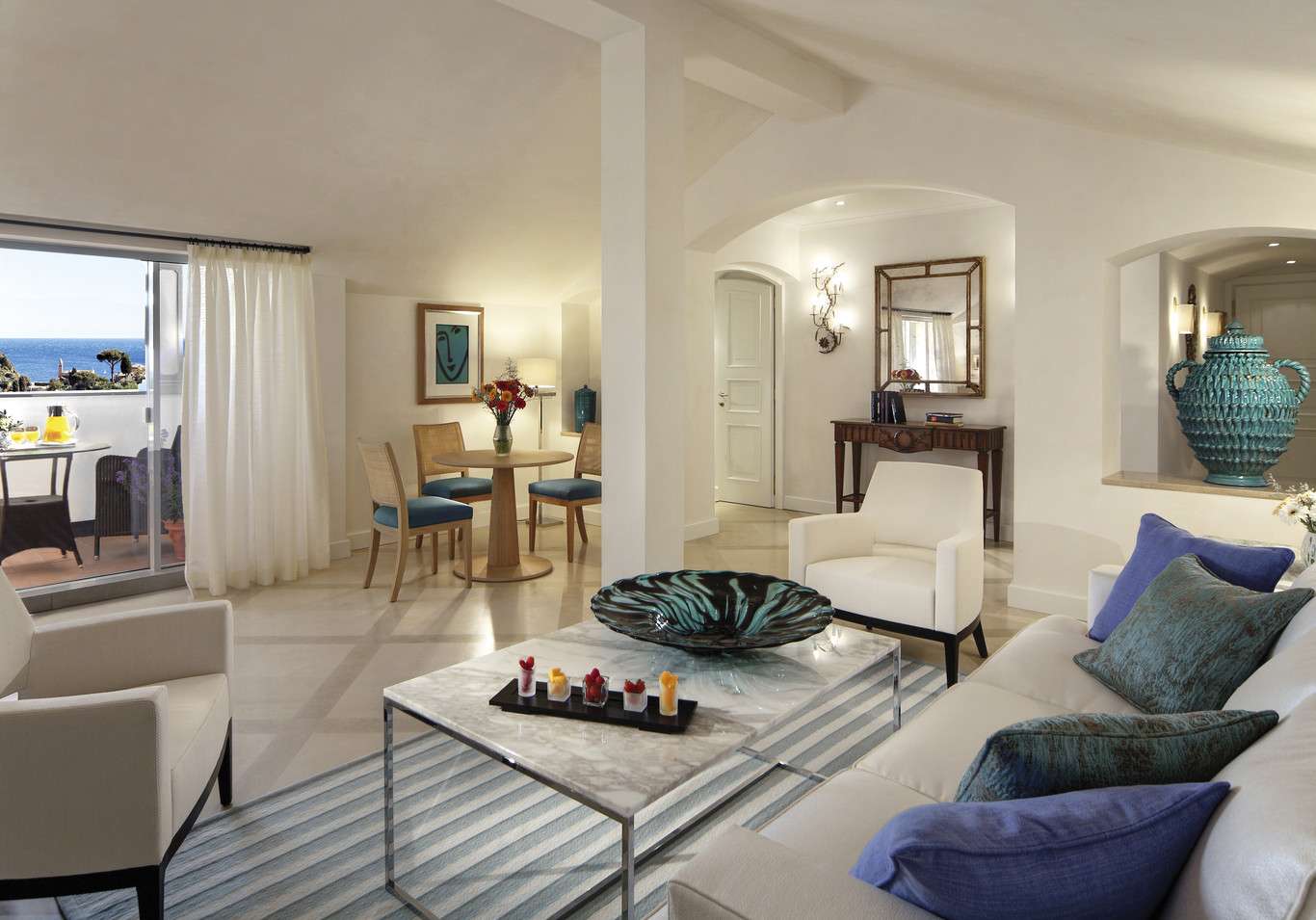 and hug the road just
inches from
and hug the road just
inches fromHotel Splendido is a former Benedictine monastery, and just like the
Immediately after checking in, my wife and I took advantage of one

Annexed to the pool is one of the hotel’s two restaurants, La
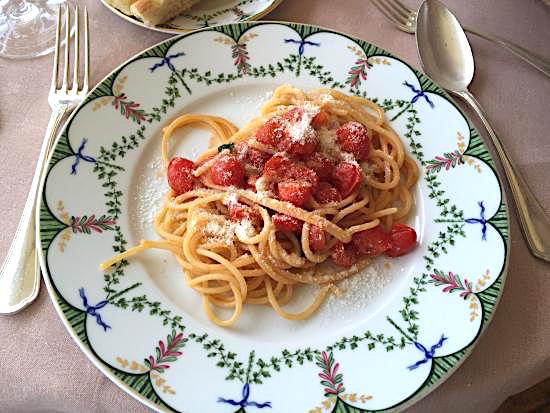 the pool area, as well as
up a terrace
the pool area, as well as
up a terraceSplendido’s second restaurant—Chuflay (below)—is down in the harbor, set
Photo: TripAdvisor
Staying at Hotel Splendido for us was geared more around
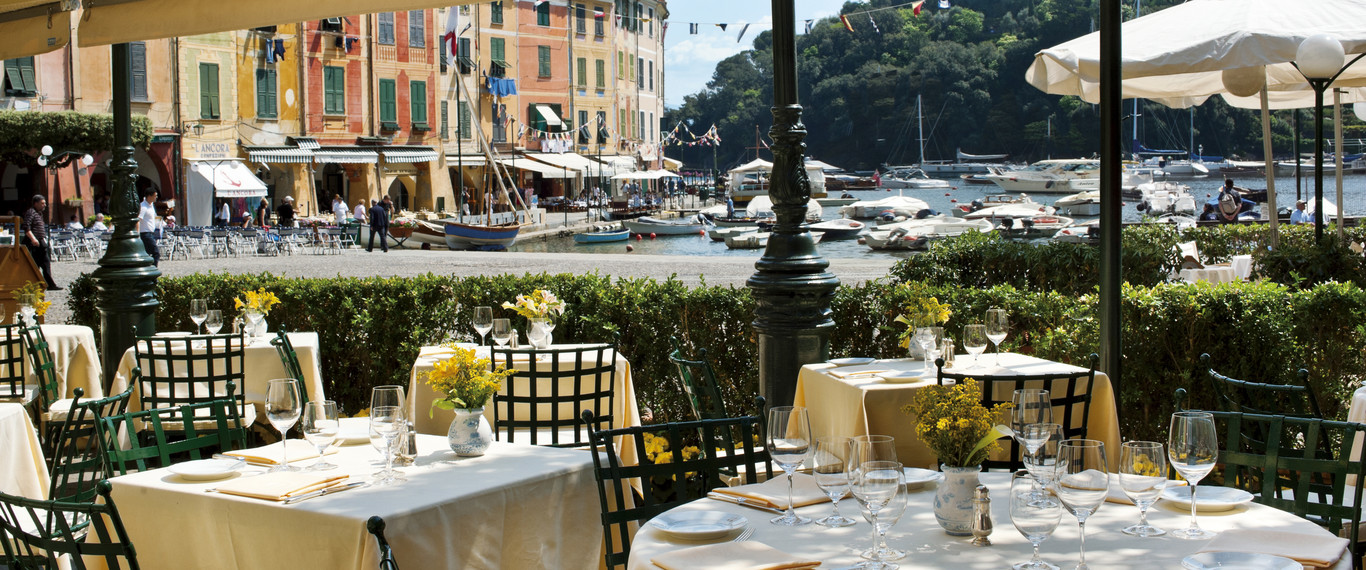 physical activities, the hotel has
physical activities, the hotel hasIt would be difficult to pick a better name for Hotel Splendido than it
❖❖❖
By John Mariani
THE STEAKHOUSE
23 Vanderbilt Avenue
Grand Central Terminal
212-655-2300
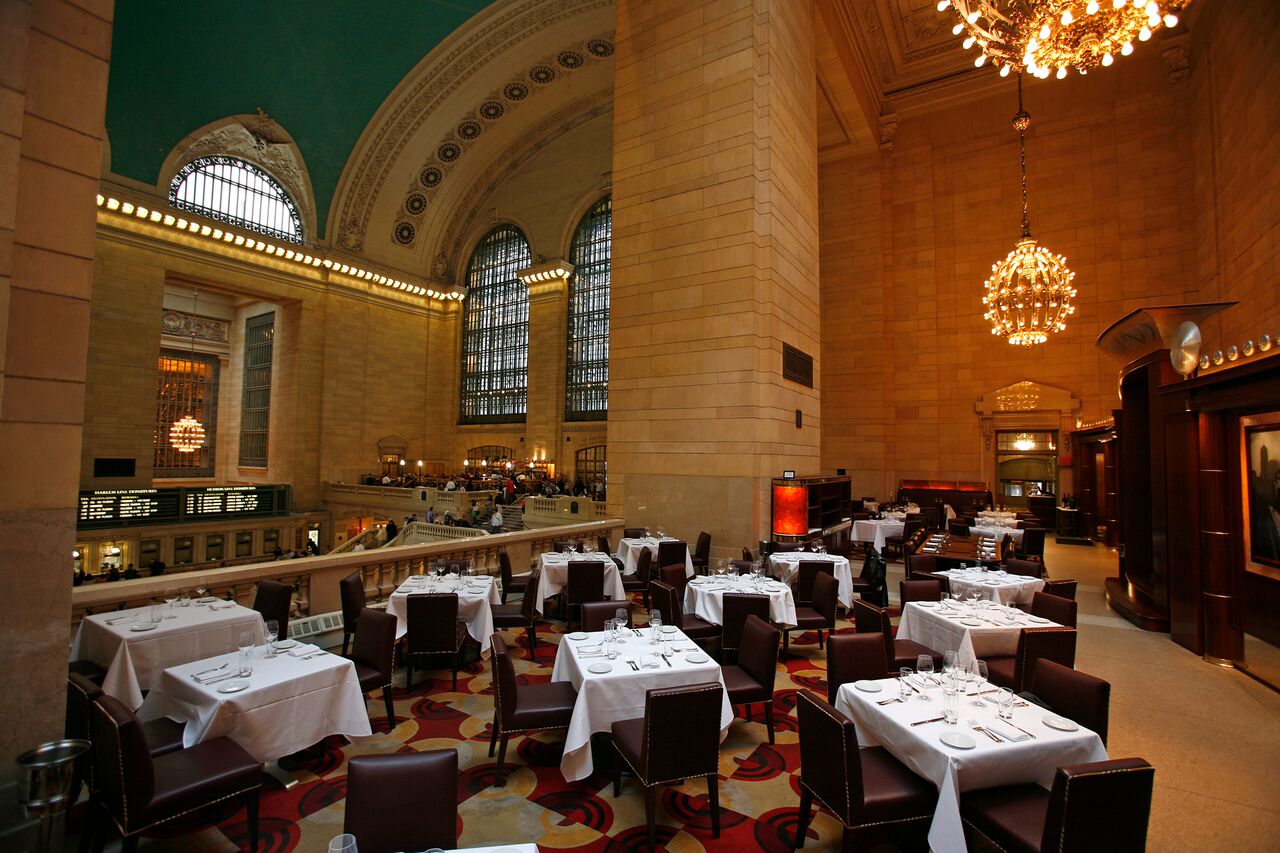
A few weeks ago I wrote
that Porter House Bar & Grill, overlooking
Central Park, had a uniquely New
York location as well as terrific food. But in a wholly different way Michael
Jordan’s The Steakhouse NYC is one of
the city’s true icons, for the
restaurant is set on the balcony of Grand Central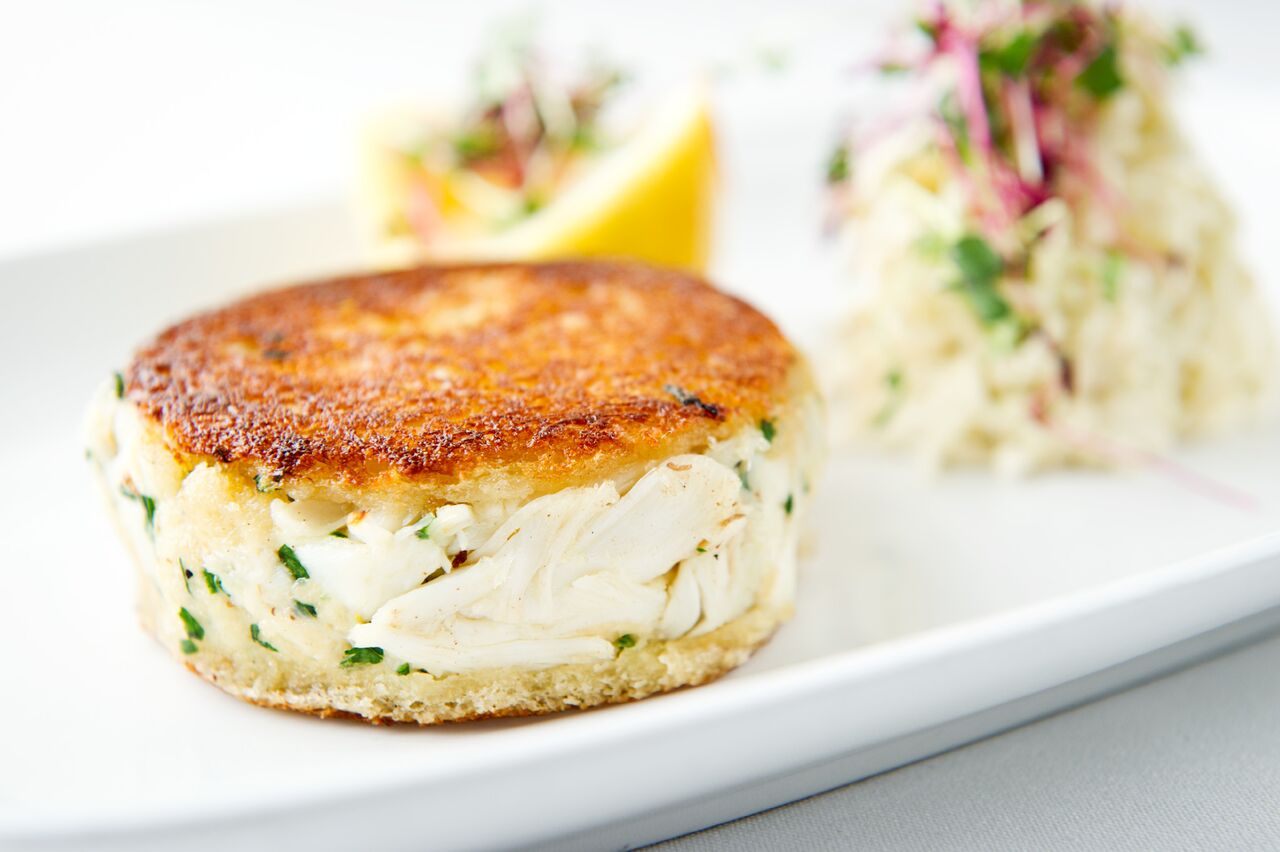 Terminal’s Main Concourse, which,
since its renovation was completed in
2007, is one the greatest public
spaces in the world. Its stunning astronomical ceiling, the elegant
ticket booths and marble staircases, the
arched mullioned windows and
glorious chandeliers, and its central bronze information booth set with a
four-faced clock (said to be worth $20 million)
are all a perfect expression of
the city’s immense heart and soul.
Terminal’s Main Concourse, which,
since its renovation was completed in
2007, is one the greatest public
spaces in the world. Its stunning astronomical ceiling, the elegant
ticket booths and marble staircases, the
arched mullioned windows and
glorious chandeliers, and its central bronze information booth set with a
four-faced clock (said to be worth $20 million)
are all a perfect expression of
the city’s immense heart and soul.
Up one of those broad,
brass-railed staircases is the bar that leads to David
Rockwell, the 160-seat dining room is set
David
Rockwell, the 160-seat dining room is set
The
waitstaff
is full of veterans, including Chef Cenobio
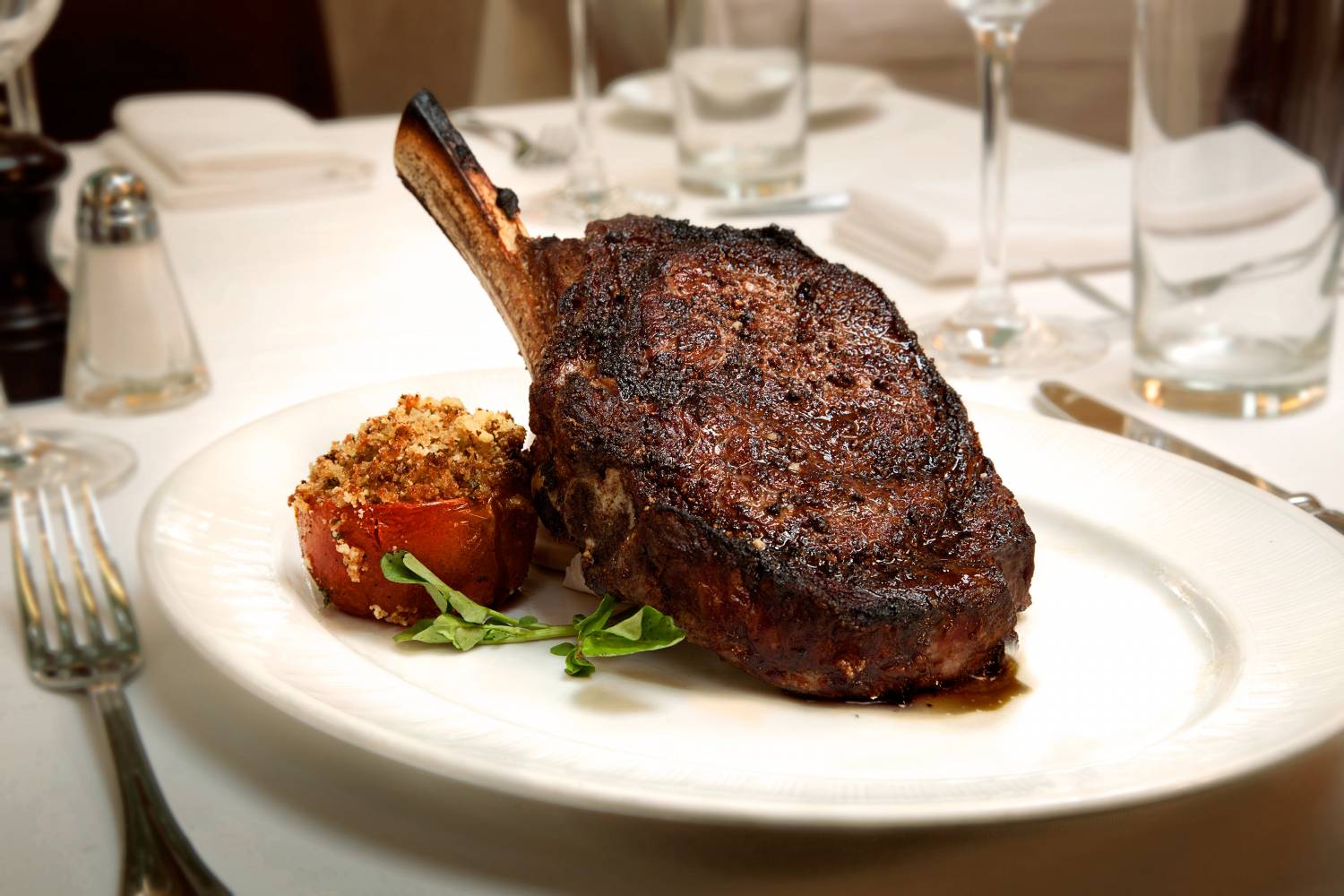 Our table
of four started off with an excellent New England
clam
Our table
of four started off with an excellent New England
clam
We split a massive
porterhouse for two ($98) among the four of us, as
Like many NYC steakhouses now,
MJ has its own pastry chef, who
Then
you
have a cup of coffee, maybe an after dinner drink
from a
❖❖❖
VIÑA ARDANZA
By John Mariani
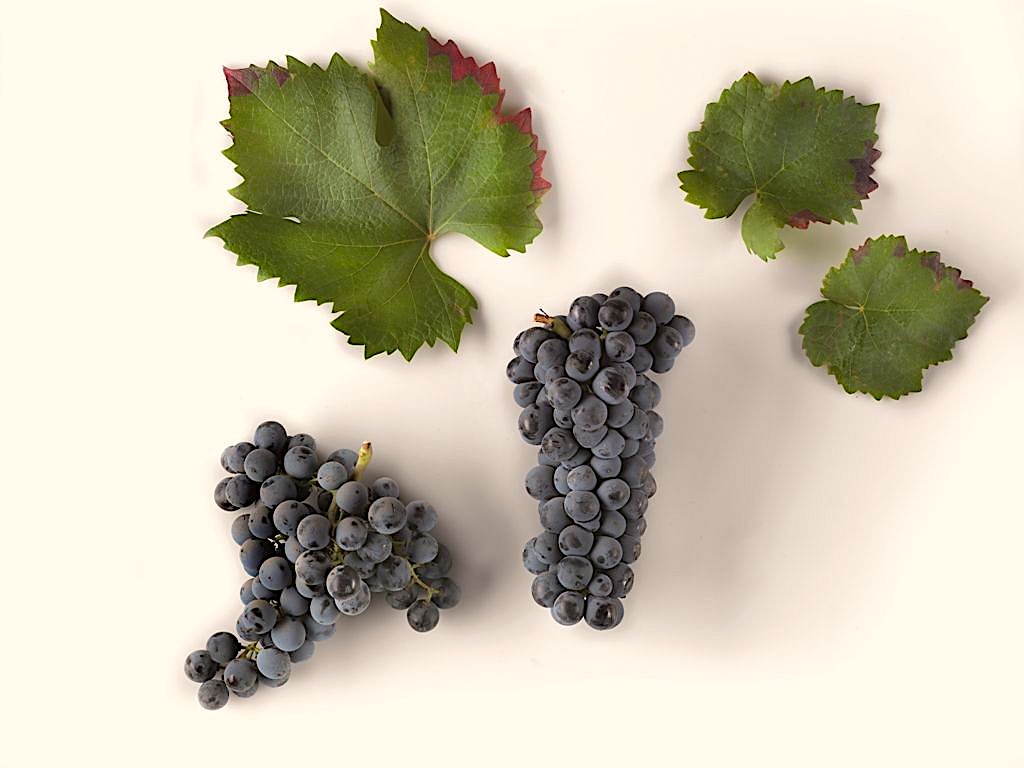
A
while ago I wrote that Viña Ardanza is, overall,
my favorite Spanish
wine, one that expresses everything the terroir of
the territory it springs
from is at its best. And, after a dinner held by
the winery to celebrate
its 75th anniversary (below), at The Grill in New York
City, at which several vintages
dating back to 1989 were sampled, I’m more
convinced than ever that this
is a wine that shows how far Spanish viticulture
has come in the past
thirty years.
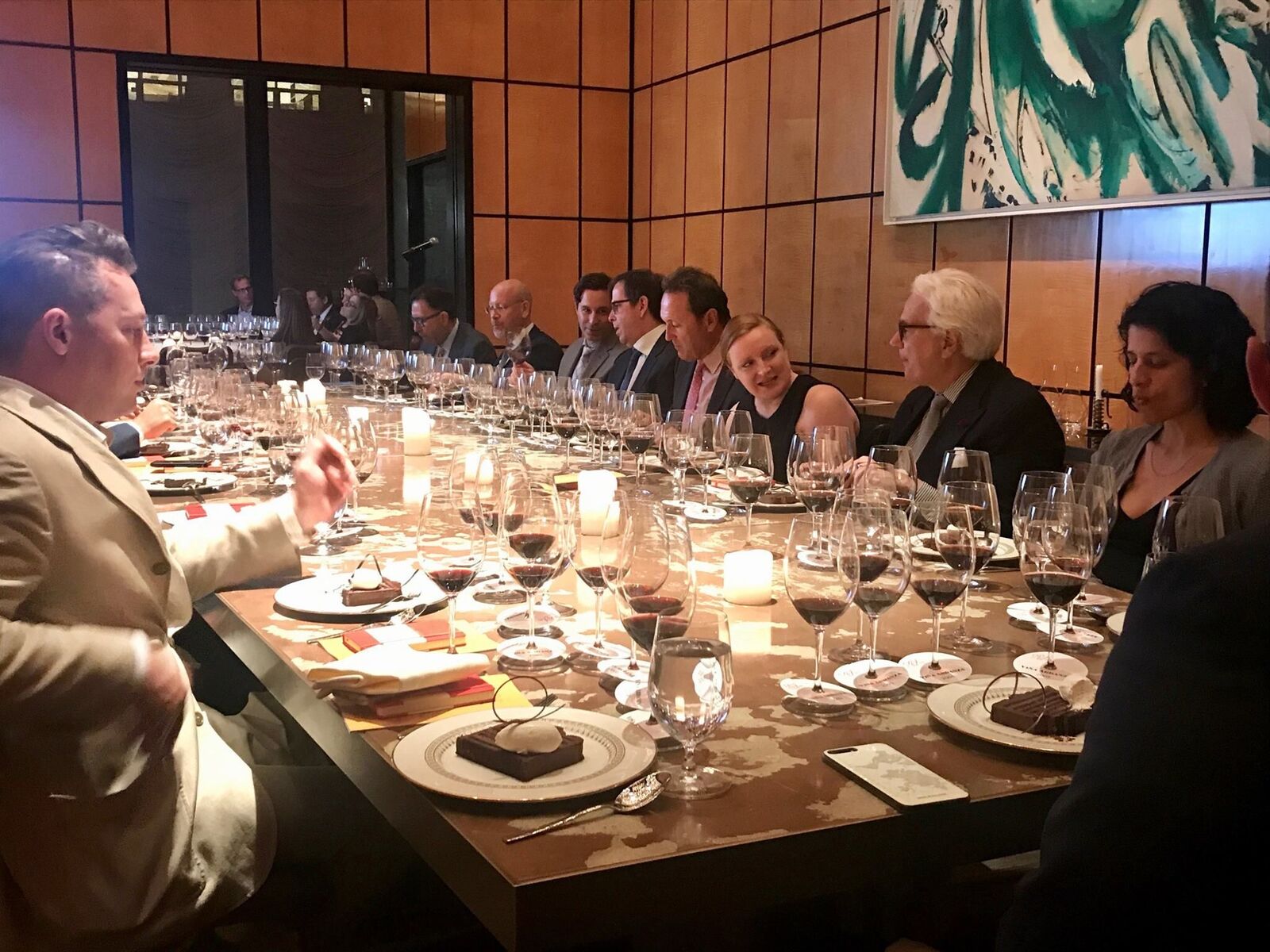 I even recall, quite
vividly, the first time I tasted Viña Ardanza. It
was at Café Boulud in New York about
a dozen years ago with my wife and older son, who, being new to fine wines,
was dazzled by the Viña Ardanza. I bought him a case for his next
birthday. Since then I’ve had various vintages
on many occasions and in many places, for it’s long been available
in the U.S. and always at a remarkable price of around $30. If I see it on a
restaurant wine list and it seems appropriate to what I’m eating, I’ll
almost always order it, if the price is right.
I even recall, quite
vividly, the first time I tasted Viña Ardanza. It
was at Café Boulud in New York about
a dozen years ago with my wife and older son, who, being new to fine wines,
was dazzled by the Viña Ardanza. I bought him a case for his next
birthday. Since then I’ve had various vintages
on many occasions and in many places, for it’s long been available
in the U.S. and always at a remarkable price of around $30. If I see it on a
restaurant wine list and it seems appropriate to what I’m eating, I’ll
almost always order it, if the price is right.
The dinner was hosted by Guillermo de
Aranzabal Agudo, president of Viña Ardanza’s parent company, La
Rioja Alta, S.A., and a fifth generation family member, who made a
point to tell the attending wine retailers and media that “Our only
desire is to leave the winery to our children. We make a small profit, but
90 percent of it goes back into the winery. We cannot follow fashion
because its takes eight years to get our wines to market. We do not rush
Nature, or ourselves.”
Viña
Ardanza was registered as the winery’s name in
1942 by Leandro Ardanza, taken from one of
the five families who founded the wine in the Haro Station District in 1890.
Phylloxera had destroyed many of the vineyards of the region, and
replantings along French viticultural lines were
established, leading many of its
early labels to read “Medoc,” “Sauternes” or
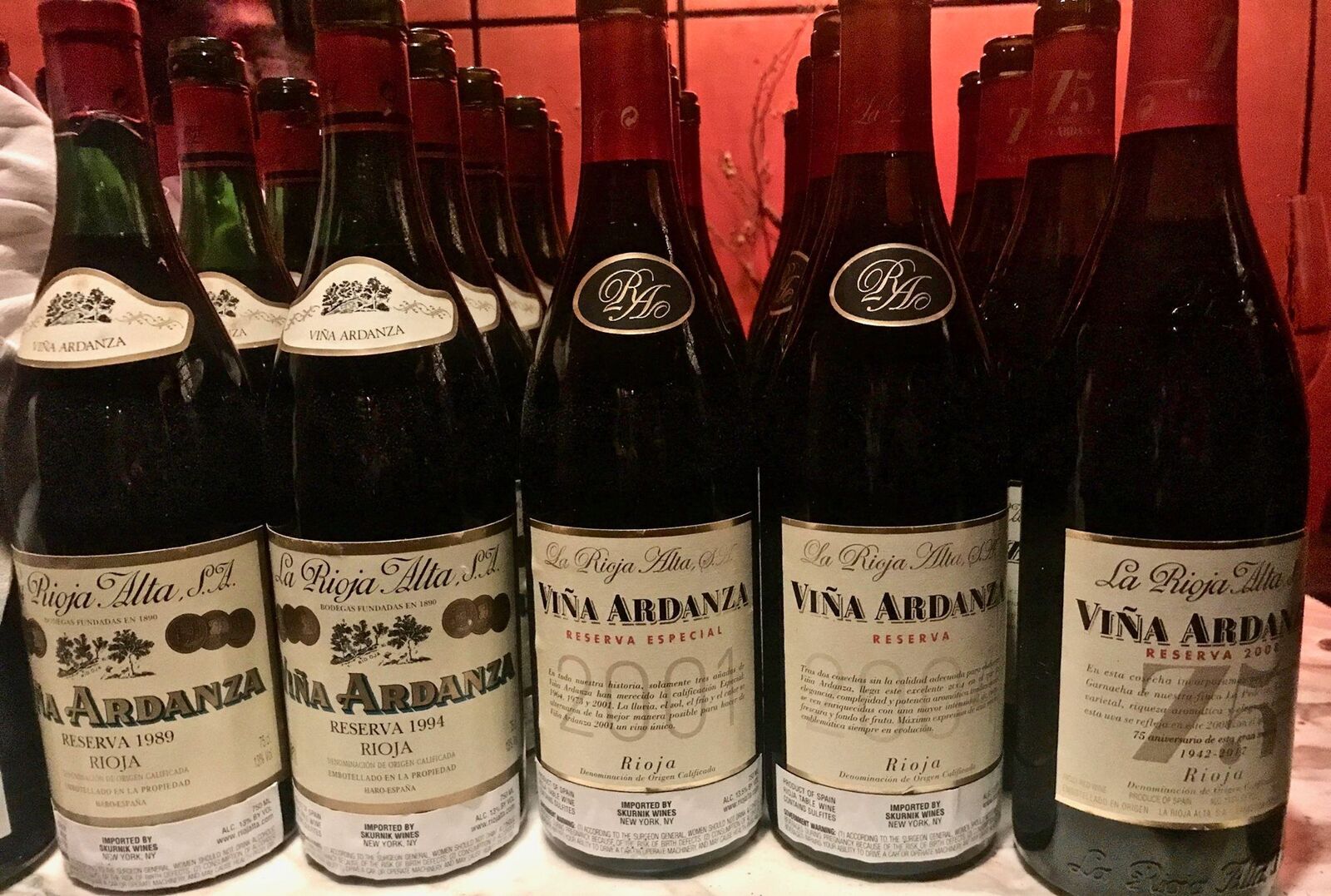 “Burgundy”
style. By the 1960s, however, Viña Ardanza had
come into its own as one of the pioneers of La
Rioja Alta, so that today the wines are a blend of Tempranillos and Garnachas,
aged in American oak barrels (custom made by the winery). Only in 2008
were the wines made exclusively from the company’s own estates. (In Rioja,
90% of the vineyards still belong to growers, not the wineries.)
“Burgundy”
style. By the 1960s, however, Viña Ardanza had
come into its own as one of the pioneers of La
Rioja Alta, so that today the wines are a blend of Tempranillos and Garnachas,
aged in American oak barrels (custom made by the winery). Only in 2008
were the wines made exclusively from the company’s own estates. (In Rioja,
90% of the vineyards still belong to growers, not the wineries.)
The tasting began with a new
wine in the portfolio called Torre de Oña Rioja, made from 95% Tempranillo
in a “new style” that I found unappealing, vegetal, even sour.
The rest of the wines were
traditional Viña Ardanza, though evolution
was clear from vintage to vintage.
The 1989 came from a substantial harvest and a hot autumn, so the Garnacha
came in at 16% alcohol, though the final level was a more reasonable 13.5% for
the wine. At that time about 5% white grapes—Mazuelo and
Graciano—were added to the wines. I found this a delicious, medium body
Rioja with a good acidic finish almost like cranberries. There was
slight oxidation in the bouquet, which Agudo said was from too frequent
racking done in those days.
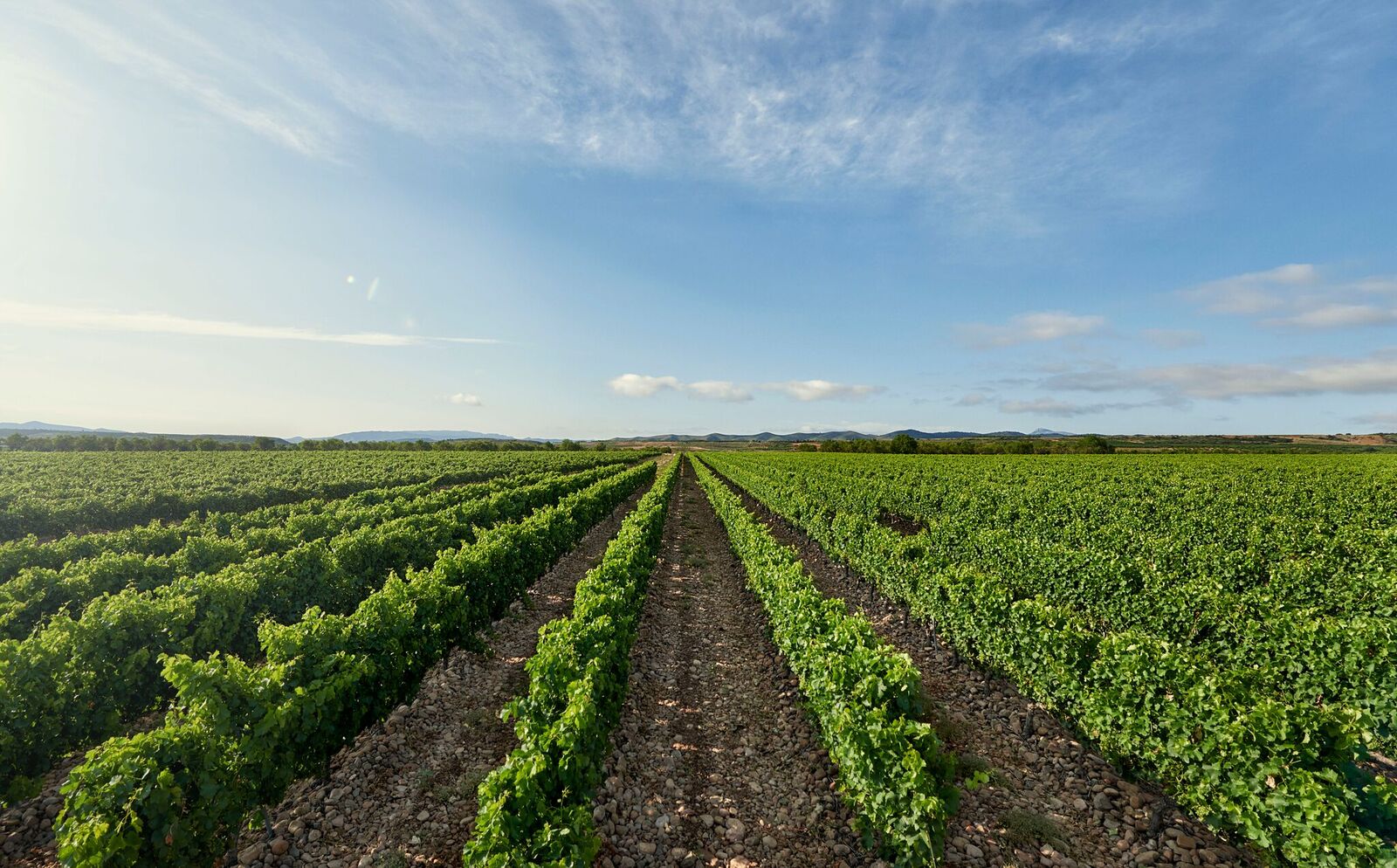 The
1994 had only a tiny amount of the white grapes
and was hand-racked by candlelight every six
months, then bottled in November 1998, ending up at 13% alcohol. I
found it had much more body than the ’89, smooth and delicious, though the
finish was a bit short. This was the style
of Rioja that truly made me fall in
love with Viña Ardanza on first sip. The 2001 was a “Reserva Especial”
from a low-volume harvest, made with 80% Tempranillo and 20% Garnacha
(no white grapes). At 13.5% alcohol it seemed to hit the sweet
spot for a Rioja, super rich but not cloying,
luscious from its first whiff through
the long finish.
The
1994 had only a tiny amount of the white grapes
and was hand-racked by candlelight every six
months, then bottled in November 1998, ending up at 13% alcohol. I
found it had much more body than the ’89, smooth and delicious, though the
finish was a bit short. This was the style
of Rioja that truly made me fall in
love with Viña Ardanza on first sip. The 2001 was a “Reserva Especial”
from a low-volume harvest, made with 80% Tempranillo and 20% Garnacha
(no white grapes). At 13.5% alcohol it seemed to hit the sweet
spot for a Rioja, super rich but not cloying,
luscious from its first whiff through
the long finish.
Since Viña Ardanza refuses to
make its wines in lesser vintages, there was no 2002 and 2003 released,
but 2004 returned to form, a little more austere perhaps but very
identifiable as their style, this time with
13.6% alcohol.
The most
recent vintage tasted, now in general release, was
a 2008 from a “very moderate
production,” blending 80% Tempranillo and 20% Garnacha, for the first time
using grapes from the estate’s new La Perriza
vineyard (above)
in Rioja Baja (90% of Rioja's vineyards are
owned by growers). I found it at this juncture a
bit plummy, though only 13.5% alcohol, probably
settling down and becoming better knit in two to five years, at which point
it might well be the best Viña Ardanza produced in this century. So far.
❖❖❖
 SOON TO BE PUBLISHED IN A LEADING
SCIENTIFIC JOURNAL
SOON TO BE PUBLISHED IN A LEADING
SCIENTIFIC JOURNAL
Mechanical Engineer researchers at Utah
State University’s Splash Lab spent “several hours a day, for two weeks”
trying to find the peak dip time for an Oreo cookie:
four seconds. Tadd Truscott, who runs the lab, said
that the question about optimized dunking time
“kept coming up” with colleagues. According to their
study, the cookie will soak up 50 percent of possible
fluids in just one second. By the fourth second, it’s
“reached maximum absorption,” so is therefore “best
eaten then.”
FOOD WRITING 101: TIME TO GET RID OF THE EDITORIAL "WE"

“We were drawn to the Bad Hombre burger. .
. . We loved every sloppy bite. . . . We opted for
boardwalk fries for an extra $2, instead of the standard
kettle chips offered. . . . We weren't expecting a
boneless chicken breast from its description on the menu
. . . .We chose cole slaw as a side for an additional
couple of bucks." Suzanne Loudermilk, "Humagalas
restaurant in Bel Air serves pizza and burgers with
Maryland flair," www.baltimoresun.com. (8/25/17)
Any of John Mariani's books below may be ordered from amazon.com.
 The
Hound in Heaven (21st Century Lion Books)
is a novella, and for anyone who loves dogs,
Christmas, romance, inspiration, even the supernatural, I
hope you'll find this to be a treasured favorite.
The story concerns how, after a New England teacher,
his wife and their two daughters adopt a stray puppy found
in their barn in northern Maine, their lives seem full of
promise. But when tragedy strikes, their wonderful dog
Lazarus and the spirit of Christmas are the only things
that may bring his master back from the edge of
despair.
The
Hound in Heaven (21st Century Lion Books)
is a novella, and for anyone who loves dogs,
Christmas, romance, inspiration, even the supernatural, I
hope you'll find this to be a treasured favorite.
The story concerns how, after a New England teacher,
his wife and their two daughters adopt a stray puppy found
in their barn in northern Maine, their lives seem full of
promise. But when tragedy strikes, their wonderful dog
Lazarus and the spirit of Christmas are the only things
that may bring his master back from the edge of
despair. WATCH THE VIDEO!
“What a huge surprise turn this story took! I was completely stunned! I truly enjoyed this book and its message.” – Actress Ali MacGraw
“He had me at Page One. The amount of heart, human insight, soul searching, and deft literary strength that John Mariani pours into this airtight novella is vertigo-inducing. Perhaps ‘wow’ would be the best comment.” – James Dalessandro, author of Bohemian Heart and 1906.
“John Mariani’s Hound in Heaven starts with a well-painted portrayal of an American family, along with the requisite dog. A surprise event flips the action of the novel and captures us for a voyage leading to a hopeful and heart-warming message. A page turning, one sitting read, it’s the perfect antidote for the winter and promotion of holiday celebration.” – Ann Pearlman, author of The Christmas Cookie Club and A Gift for my Sister.
“John Mariani’s concise, achingly beautiful novella pulls a literary rabbit out of a hat – a mash-up of the cosmic and the intimate, the tragic and the heart-warming – a Christmas tale for all ages, and all faiths. Read it to your children, read it to yourself… but read it. Early and often. Highly recommended.” – Jay Bonansinga, New York Times bestselling author of Pinkerton’s War, The Sinking of The Eastland, and The Walking Dead: The Road To Woodbury.
“Amazing things happen when you open your heart to an animal. The Hound in Heaven delivers a powerful story of healing that is forged in the spiritual relationship between a man and his best friend. The book brings a message of hope that can enrich our images of family, love, and loss.” – Dr. Barbara Royal, author of The Royal Treatment.
 |
The Encyclopedia of American Food and Drink by John F. Mariani (Bloomsbury USA, $35) Modesty forbids me to praise my own new book, but let me proudly say that it is an extensive revision of the 4th edition that appeared more than a decade ago, before locavores, molecular cuisine, modernist cuisine, the Food Network and so much more, now included. Word origins have been completely updated, as have per capita consumption and production stats. Most important, for the first time since publication in the 1980s, the book includes more than 100 biographies of Americans who have changed the way we cook, eat and drink -- from Fannie Farmer and Julia Child to Robert Mondavi and Thomas Keller. "This book is amazing! It has entries for everything from `abalone' to `zwieback,' plus more than 500 recipes for classic American dishes and drinks."--Devra First, The Boston Globe. "Much needed in any kitchen library."--Bon Appetit. |
"Eating Italian will never be the same after reading John Mariani's entertaining and savory gastronomical history of the cuisine of Italy and how it won over appetites worldwide. . . . This book is such a tasteful narrative that it will literally make you hungry for Italian food and arouse your appetite for gastronomical history."--Don Oldenburg, USA Today. "Italian
restaurants--some good, some glitzy--far
outnumber their French rivals. Many of
these establishments are zestfully described
in How Italian Food Conquered the World, an
entertaining and fact-filled chronicle by
food-and-wine correspondent John F.
Mariani."--Aram Bakshian Jr., Wall Street
Journal.
"Equal parts
history, sociology, gastronomy, and just
plain fun, How Italian Food Conquered the
World tells the captivating and delicious
story of the (let's face it) everybody's
favorite cuisine with clarity, verve and
more than one surprise."--Colman Andrews,
editorial director of The Daily
Meal.com. "A fantastic and fascinating
read, covering everything from the influence
of Venice's spice trade to the impact of
Italian immigrants in America and the
evolution of alta cucina. This book will
serve as a terrific resource to anyone
interested in the real story of Italian
food."--Mary Ann Esposito, host of PBS-TV's
Ciao
Italia. "John Mariani has written the
definitive history of how Italians won their
way into our hearts, minds, and
stomachs. It's a story of pleasure over
pomp and taste over technique."--Danny Meyer,
owner of NYC restaurants Union Square
Cafe, The Modern, and Maialino.
|
 |
 |
 |
 |
 |
 |
 |
 |
 Everett Potter's Travel Report:
Everett Potter's Travel Report: 
 Eating Las Vegas
JOHN CURTAS has been covering the Las Vegas
food and restaurant scene since 1995. He is
the co-author of EATING LAS VEGAS – The 50
Essential Restaurants (as well as
the author of the Eating Las Vegas web site: www.eatinglasvegas.
He can also be seen every Friday morning as
the “resident foodie” for Wake Up With the
Wagners on KSNV TV (NBC) Channel 3 in
Las Vegas.
Eating Las Vegas
JOHN CURTAS has been covering the Las Vegas
food and restaurant scene since 1995. He is
the co-author of EATING LAS VEGAS – The 50
Essential Restaurants (as well as
the author of the Eating Las Vegas web site: www.eatinglasvegas.
He can also be seen every Friday morning as
the “resident foodie” for Wake Up With the
Wagners on KSNV TV (NBC) Channel 3 in
Las Vegas.

MARIANI'S VIRTUAL GOURMET
NEWSLETTER is published weekly. Editor/Publisher: John
Mariani.
Editor: Walter Bagley. Contributing Writers: Christopher Mariani,
Robert Mariani, Misha Mariani, John A. Curtas, Geoff Kalish, Mort
Hochstein, and
Brian Freedman. Contributing Photographer: Galina
Dargery. Technical Advisor: Gerry McLoughlin.
To un-subscribe from this newsletter,click here.
© copyright John Mariani 2017

